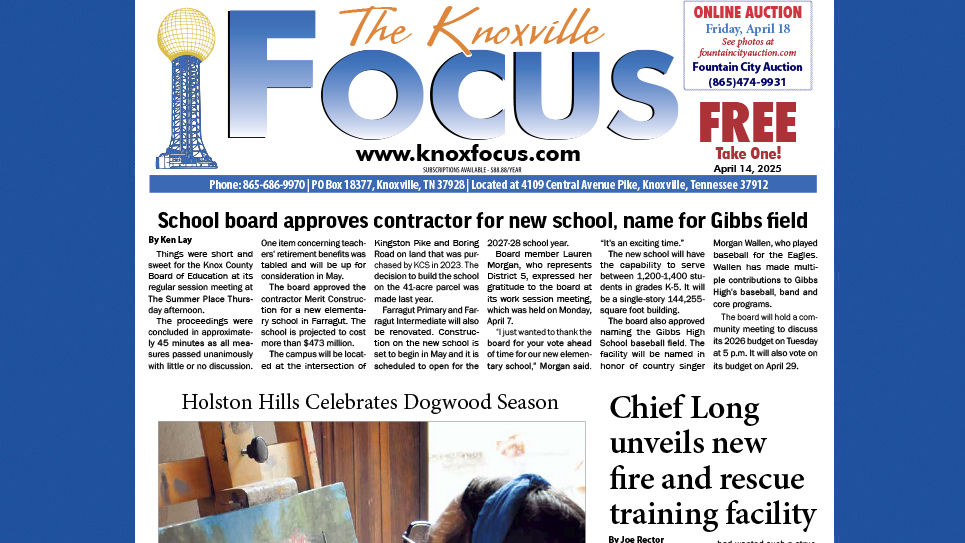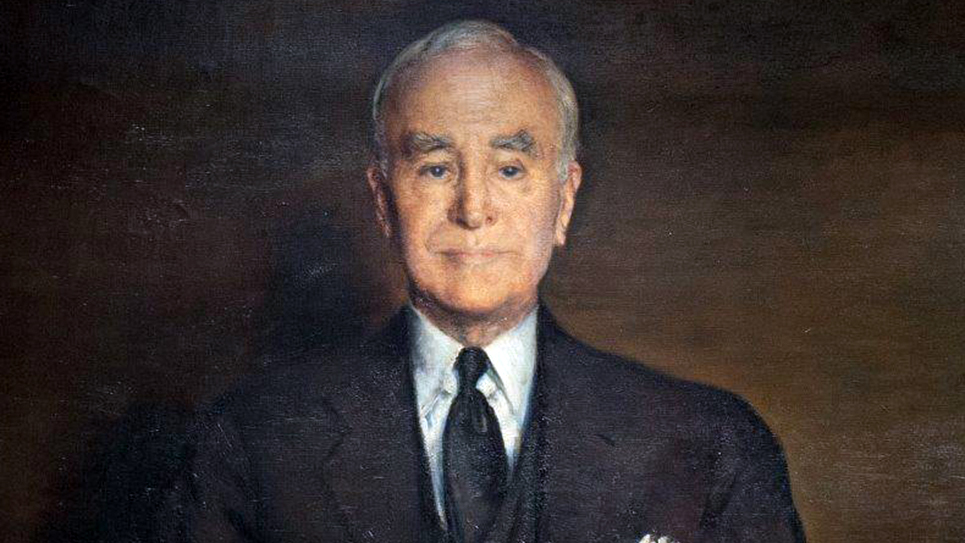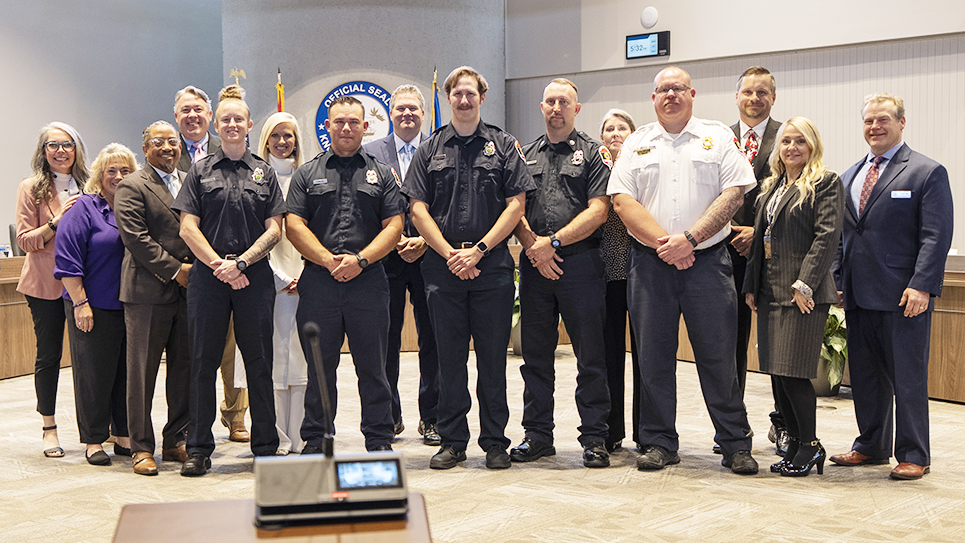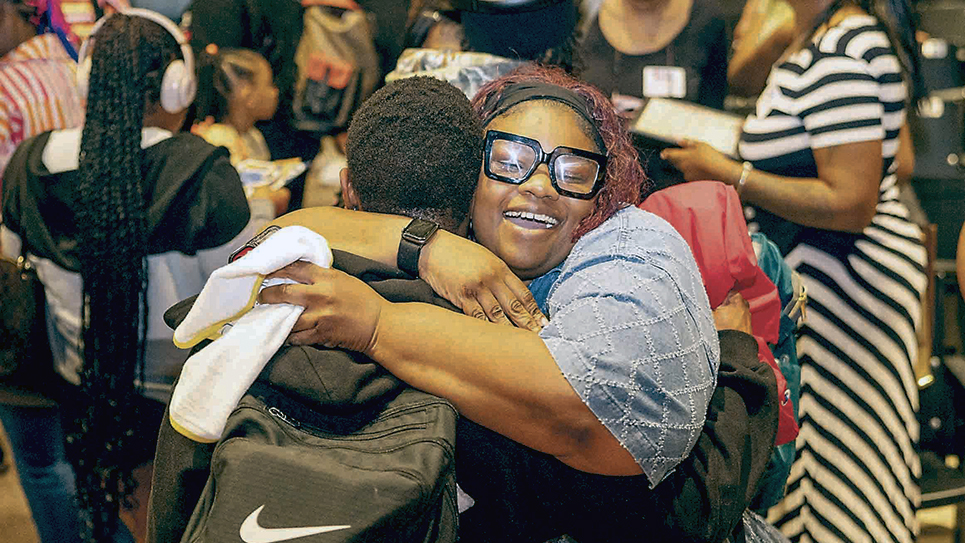Supreme Court On Prayer And Bible Reading, I
By John J. Duncan Jr.
duncanj@knoxfocus.com
On June 25, 1962 the U.S. Supreme Court handed down a very controversial decision in Engel v. Vitale saying that New York public school teachers could not lead students in a 22-word nondenominational prayer.
The prayer was short and simple: “Almighty God, we acknowledge our dependance upon Thee, and we beg Thy blessings upon us, our parents, our teachers, and our country.”
The court ruled 6-1 in favor of Steven Engel, a Jewish man who believed that the state should not impose a one-size-fits-all prayer upon children of different faiths or no faith at all.
Justice Hugo Black wrote the opinion saying that the “government in this country should stay out of the business of writing or sanctioning official prayers and leave that purely to the people.”
Justice Potter Stewart wrote the lone dissent saying the majority had “misapplied a great constitutional principle” and denied public school children “from sharing in the spiritual heritage of our nation.”
The court went further the next year in the case of Abington Township (PA) v. Schempp and two companion cases from Maryland that Bible reading and prayer both should be banned.
The Pennsylvania case was brought by Edward Schempp, a Unitarian, and the Maryland cases by Madalyn Murray O’Hair, a famous atheist, and others.
These cases were decided 8-1 with Justice Stewart dissenting, saying the court was “trampling on religious freedom.”
In the first case, Mr. Engel had lost at all three levels of the New York courts – the trial court, the intermediate appellate court, and the supreme court of appeals.
It was an unusual opinion in that Justice Black did not cite any previous Supreme Court opinions, writing entirely about the history of the struggle for religious freedom. He said nothing about the religious freedom of the great majority.
In fact, those cases went against several earlier Supreme Court rulings. In the 1952 case of Zorach v. Clauson, the opinion was written by Justice William O. Douglas, possibly the most left-wing man ever to sit on our Supreme Court.
He wrote: “(T)o find in the Constitution a requirement that the government show a callous indifference to religious groups…would be preferring those who believe in no religion over those who do believe.”
He added that “we find no constitutional requirement which makes it necessary for government to be hostile to religion and to throw its weight against efforts to widen the effective scope of religious influence.”
Many years ago, I had dinner with Justice Antonin Scalia at the home of Rep. Dana Rohrabacher and was a little surprised that Scalia did not know of the Zorach case. However, even a brilliant man like Scalia could not remember all the many major cases.
I write all this background to tell you how pleased I was that the current Supreme Court ruled 6-3 that a high school football coach had a constitutional right to pray at the 50-yard line after his team’s games, even if some of the students joined him there.
The New York Times wrote that this was “the latest step by the court in expanding the place of religion in public life.”
The decision came less than a week after the court, by the same 6-3 margin, ruled that Maine could not exclude religious schools from a state tuition program.
The three dissenters in both cases were the three “liberals” who obviously are not open-minded and tolerant of those who openly express traditional Christian views in public.
Justice Neil Gorsuch, who wrote the opinion in the prayer case, said, “Respect for religious expressions is indispensable to life in a free and diverse republic…”
He added: “The Constitution and the best of our traditions counsel mutual respect and tolerance, not censorship and suppression, for religious and nonreligious views alike.”






